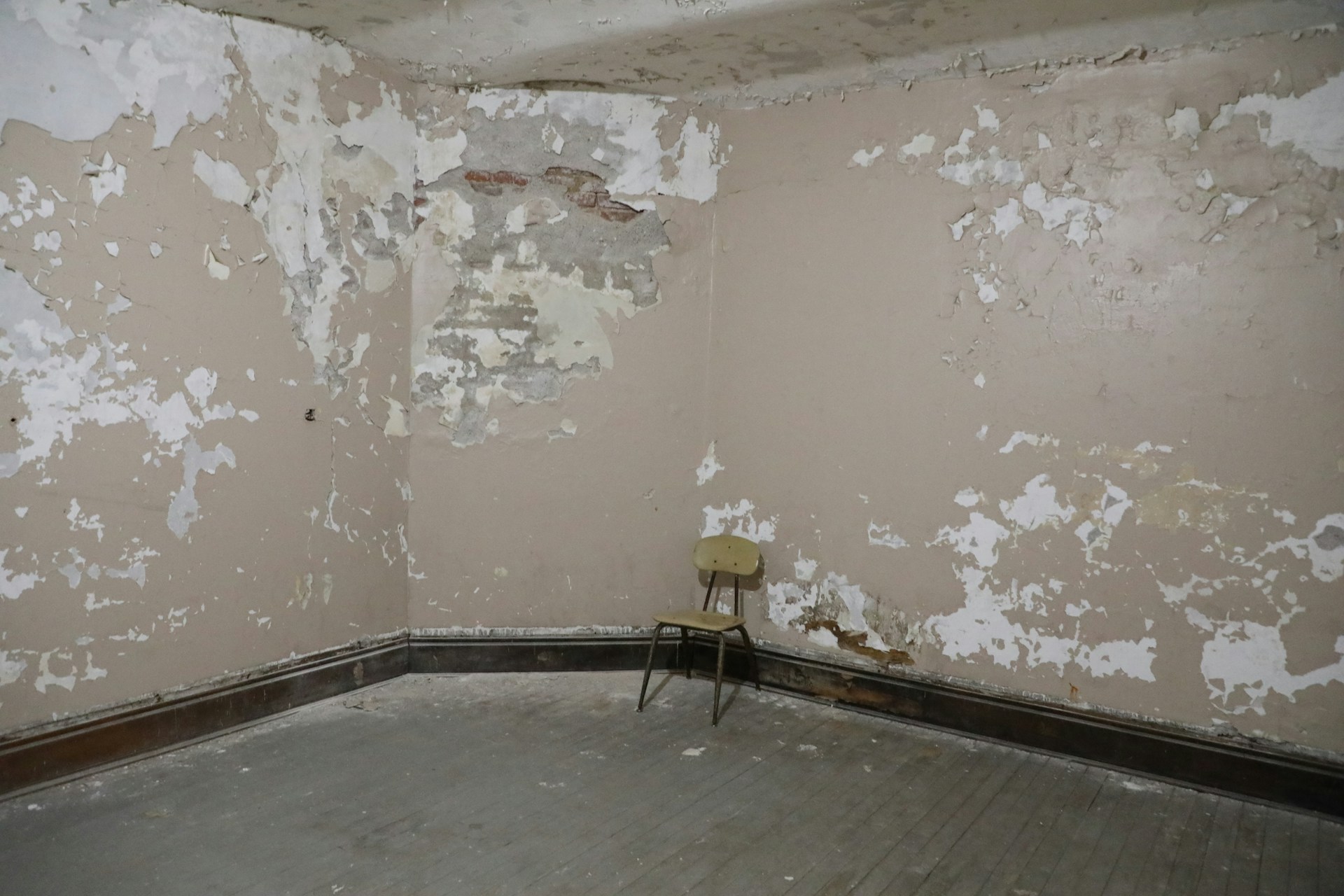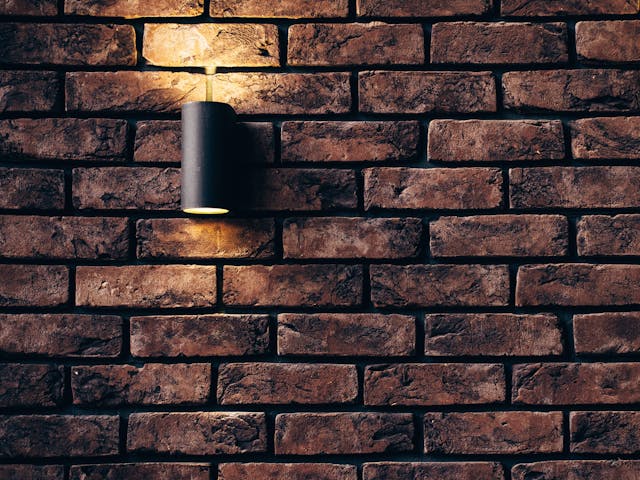Mold in Rental Properties: Is It Tenant Or Landlord Responsibility?
Mold in rental properties is a common concern that can lead to serious health issues and property damage. Determining who is responsible for addressing mold problems can be complex. Here's some helpful info to understand whether the responsibility lies with you, the tenant, or your landlord.

Understanding Mold and Its Causes
Mold thrives in damp, humid conditions and can grow on various surfaces, including walls, ceilings, and floors. Common causes of mold include poor ventilation, leaks, and flooding. Recognizing these factors is crucial in getting quality mold treatments and determining responsibility. As a tenant, maintaining good ventilation and promptly reporting leaks can help prevent mold growth.
- Proper Ventilation: Use exhaust fans in bathrooms and kitchens to reduce moisture levels. Keep windows open when weather permits to improve air circulation. Avoid drying clothes indoors as this can significantly increase humidity levels.
- Monitoring Humidity Levels: Use a hygrometer to monitor indoor humidity levels, aiming to keep it below 60%. Consider using dehumidifiers in areas prone to dampness, such as basements. Regularly check and empty the water collection trays in dehumidifiers to ensure they function effectively.
- Identifying Water Sources: Regularly inspect areas where water might accumulate, such as around windows, roofs, and plumbing fixtures. Pay attention to condensation on windows, which can be a sign of excessive indoor moisture. Report any signs of leaks or water damage to your landlord immediately.
Tenant Responsibilities
As a tenant, you are expected to take reasonable steps to prevent mold. This includes using exhaust fans, keeping windows open when possible, and ensuring that any leaks or water damage are reported to your landlord immediately. Neglecting these duties can lead to mold growth, and in such cases, you may be held responsible for the damage.
- Routine Cleaning: Regularly clean and dry areas prone to moisture, such as bathrooms and kitchens. Use mold-inhibiting cleaners for surfaces like tile and grout. Address spills and leaks immediately to prevent moisture from seeping into porous materials.
- Reporting Issues: Promptly report any leaks, water damage, or mold sightings to your landlord. Document your communication in writing, including photos of the affected areas. This documentation can be crucial if there is a dispute over responsibility later.
Landlord Responsibilities
Landlords are responsible for providing a safe and habitable living environment. This includes addressing any structural issues, such as leaks or poor ventilation, that could lead to mold growth. If mold results from these issues, the landlord must fix the problem and ensure the property meets health and safety standards.
- Regular Inspections: Conduct regular property inspections to identify and address potential mold issues early. Check for signs of leaks, poor ventilation, and water damage. Regular maintenance can prevent minor issues from escalating into serious problems.
- Timely Repairs: Address tenant-reported issues, such as leaks or ventilation problems, promptly. Hire qualified professionals to repair significant issues to ensure the problem is properly resolved. Delaying repairs can exacerbate mold growth and lead to more extensive damage.
Legal Implications
Laws regarding mold in rental properties vary by state and locality. Generally, landlords must adhere to health and safety regulations, which include preventing and addressing mold. Failure to do so can result in legal action from tenants. As a tenant, knowing your local laws can empower you to take appropriate action if your landlord neglects their responsibilities.
- Tenant Rights: Familiarize yourself with tenant rights in your area, which often include the right to a habitable living environment. If your landlord fails to address mold issues, you may have grounds for a legal claim. Documenting the issue and your communications can strengthen your case.
- Landlord Obligations: Understand the specific obligations landlords have under local laws to maintain rental properties. This often includes making necessary repairs within a reasonable time frame. Non-compliance can lead to fines and legal liabilities.
- Dispute Resolution: If a dispute arises, consider mediation or arbitration as a first step. These methods can be quicker and less costly than going to court. Seek legal advice if needed to understand your options and the best course of action.
Preventative Measures
Both tenants and landlords can take steps to prevent mold. Tenants should keep the property clean, use dehumidifiers, and report any signs of mold promptly. Landlords should ensure the property is well-maintained, address any leaks or structural issues immediately, and consider conducting regular inspections to catch potential problems early.
Understanding who is responsible for mold in rental properties requires a clear grasp of both tenant and landlord duties. By taking preventative measures and addressing issues promptly, both parties can help maintain a mold-free environment.

If disputes arise, knowing your rights and responsibilities under local laws can guide the best course of action. Taking proactive steps can minimize health risks and protect the integrity of the rental property, benefiting both tenants and landlords.